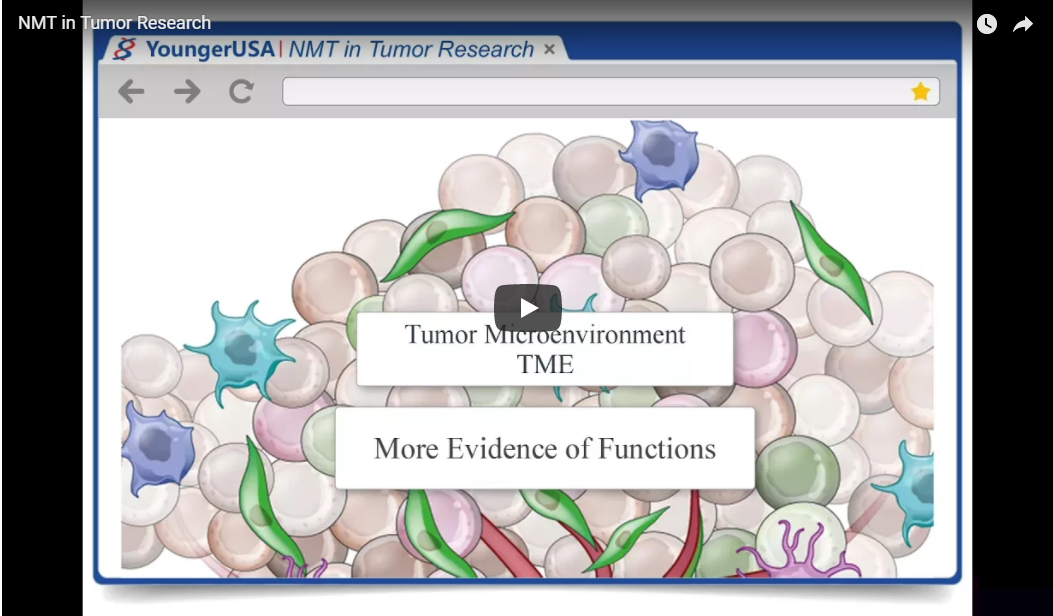This video is about how NMT can be used to explore the tumor microenvironment. Two papers by Wei M-F. et al, and Song L. et al, are briefly outlined and compared, to demonstrate how NMT proved to be an excellent tool for cancer research. The second paper was able to connect the fluxes measured by NMT to the time of cell death after treatment with photodynamic therapy. These results carved a path in the tumor microenvironment for future studies to use, opening up more possibilities for cancer treatment. Song L. et al. O2 and Ca2+ Fluxes as Indicators of Apoptosis Induced by Rose Bengal–Mediated Photodynamic Therapy in Human Oral Squamous Carcinoma Cells. Photomedicine and Laser Surgery. 2015 Wei M-F. et al. Autophagy promotes resistance to photodynamic therapy-induced apoptosis selectively in colorectal cancer stem-like cells. Autophagy. 2014
Check Out More Applications NMT's most popular field is currently plant physiology, but creative scientists are applying it to new fields every day, like diabetes and cancer research. Now, labs using NMT systems have published over 700 papers in top journals! Our clients' top feedback is that the their high-quality results help them get published, thanks to the non-invasive nature of our technology, which allows them to measure live, physiologically accurate samples.
Experience the NMT Physiolyzer® Our most advanced NMT system yet: This highly advanced instrument is allowing scientists to discover physiological functions of live samples in innovative new ways. With customizable software, you can choose from 12 ions and molecules for your own personalized system.
The Theory of NMT Check out the principles of how NMT works.


